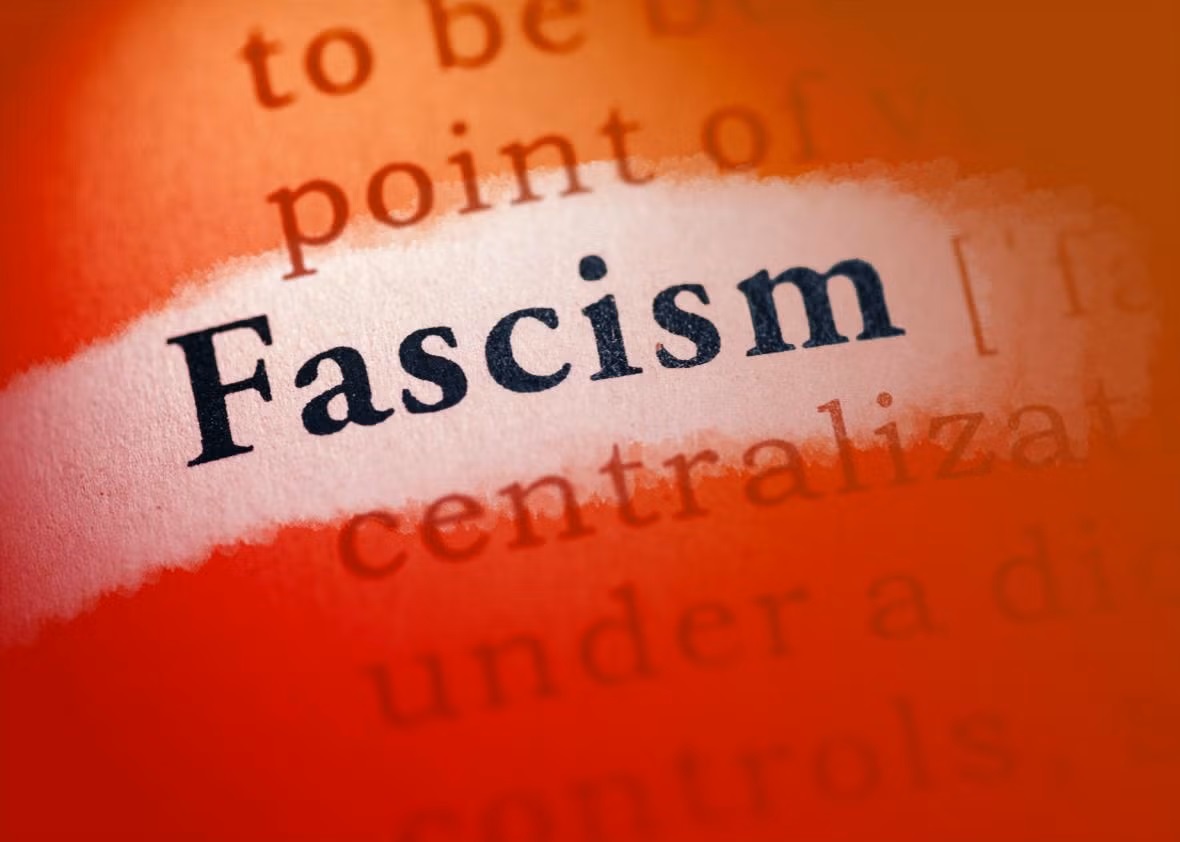Over the Last 150 Years
In recent years, there’s been a renewed interest in socialist, Marxist, and communist ideologies, especially among younger generations. This resurgence often comes with a romanticized view of these philosophies, sometimes overlooking their historical consequences. To understand the full picture, it’s essential to examine the rise of these ideologies and their human cost over the past 150 years.
The Origins and Ideological Foundations
Socialism, Marxism, and communism stem from the writings and ideas of Karl Marx and Friedrich Engels in the mid-19th century. Their seminal work, “The Communist Manifesto,” published in 1848, called for the overthrow of capitalist systems and the establishment of a classless society. They envisioned a world where the means of production were owned collectively, and wealth was distributed based on need.
These ideas quickly gained traction, especially among the working class who suffered under the harsh conditions of early industrial capitalism. Marx’s theories, particularly his analysis of class struggle, resonated deeply with those seeking to address economic inequalities and social injustices.
The Rise of Socialist States
The first major attempt to implement Marxist ideas on a national scale occurred with the Russian Revolution in 1917. Led by Vladimir Lenin, the Bolsheviks overthrew the provisional government and established a communist state. This marked the beginning of the Soviet Union, which sought to create a society based on Marxist principles.
In the following decades, numerous countries attempted to implement variations of socialism and communism, often through revolutionary means. Notable examples include:
- China: The Chinese Communist Party, under the leadership of Mao Zedong, established the People’s Republic of China in 1949 after a protracted civil war.
- Cuba: Fidel Castro’s revolution in 1959 transformed Cuba into a socialist state, aligning closely with the Soviet Union.
- Eastern Europe: After World War II, several Eastern European countries fell under Soviet influence and adopted communist governments.
The Human Cost
While these ideologies promised equality and prosperity, the reality was often starkly different. The implementation of socialist and communist policies led to significant human suffering and loss of life. Here are some of the most devastating examples:
- The Soviet Union: Under Joseph Stalin, the Soviet Union experienced widespread repression, forced collectivization, and political purges. The Great Famine (1932-1933) and the Great Purge (1936-1938) alone resulted in millions of deaths. Conservative estimates suggest that Stalin’s regime was responsible for the deaths of approximately 20 million people.
- China: Mao’s Great Leap Forward (1958-1962) aimed to rapidly transform China into a socialist society through collectivization and industrialization. However, it led to one of the deadliest famines in history, with an estimated 30 million deaths. The Cultural Revolution (1966-1976) further caused widespread chaos, persecution, and loss of life.
- Cambodia: The Khmer Rouge, led by Pol Pot, sought to create an agrarian socialist society. From 1975 to 1979, their policies led to the deaths of an estimated 1.7 to 2 million people, nearly a quarter of the population, through execution, forced labor, and starvation.
- North Korea: Under the Kim dynasty, North Korea has maintained a rigid, authoritarian communist regime. The famine of the 1990s, known as the Arduous March, resulted in the deaths of hundreds of thousands, if not millions, due to severe food shortages exacerbated by government policies.
Ideological Persistence and Modern Resurgence
Despite the historical atrocities, socialist and communist ideologies persist. In part, this is due to the genuine and ongoing issues of inequality and exploitation within capitalist systems. Movements advocating for socialism often highlight the failures of capitalism to address systemic problems such as poverty, healthcare access, and education.
In the United States and Europe, there’s been a notable rise in political groups and parties advocating for democratic socialism. These groups seek to combine socialist principles with democratic processes, aiming for a more equitable distribution of wealth and resources without the authoritarianism associated with historical communist states.
Conclusion
The rise of socialist, Marxist, and communist ideologies over the past 150 years has profoundly shaped global history. While these ideologies emerged as responses to the injustices of early capitalism, their implementation has often led to significant human suffering and loss of life. As we witness a resurgence of interest in these ideas, it’s crucial to remember and learn from history, striving to create systems that promote justice and equality without repeating past mistakes.
Understanding the complexities and consequences of these ideologies can help us navigate the future, ensuring that the pursuit of a fairer society does not come at an intolerable human cost.



